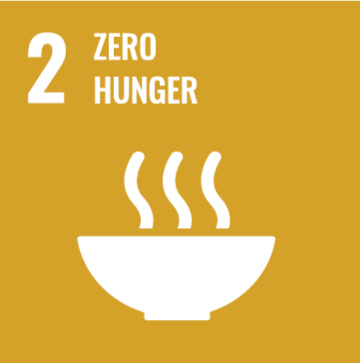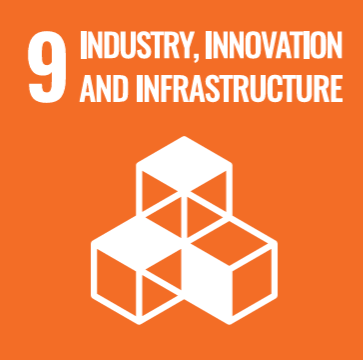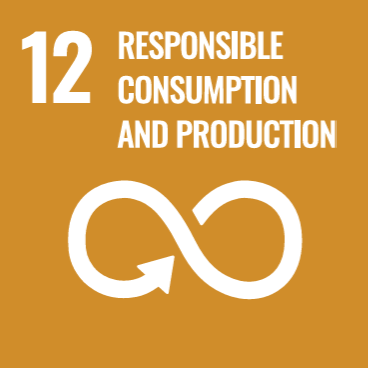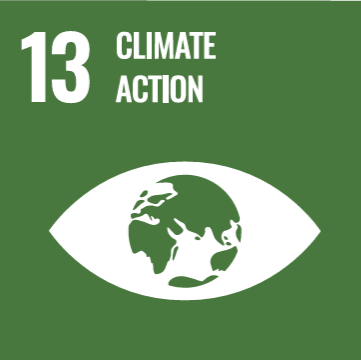Welcome to Eurocrickets: Your Premier Cricket Farm in Lithuania
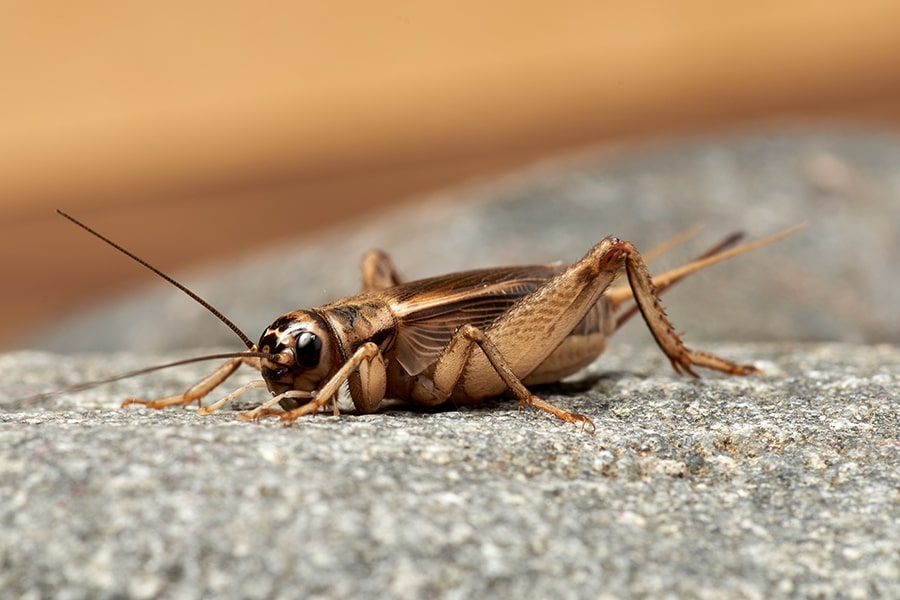
At Eurocrickets, we take immense pride in being a leading cricket farm located in Lithuania. Our unwavering commitment to excellence and sustainability drives our exceptional approach to cricket breeding. Here's what sets us apart: Read more
Insects - the food and feed of sustainable future.
Why choose crickets?

Source of nutrients
Crickets are a complete source of protein and nutrition. Crickets are naturally rich in protein. So in addition to crickets being raised in sustainable ways, they provide a large amount of protein and additional vitamins and minerals like B12, Omega-3, Omega-6 and more! Crickets are a high-protein low-carb option that might be from the original Paleo diet. Cricket powder is 65% protein by weight, and have a natural slightly nutty and earthy taste.

Environmentally friendly
Crickets require less food, water and land than traditional livestock. They’re also much more efficient at converting food into protein than cows, pigs and chickens. And they emit virtually no greenhouse gases, especially compared to cows, which are a major contributor to methane in the atmosphere. New research shows that cricket farming uses 75 per cent less CO2 and 50 per cent less water than chicken farming.
Our Commitment to the United Nations Sustainable Development Goals
We are convinced that insect protein is essential for global sustainability. Our organization has strategically aligned with five key United Nations Sustainable Development Goals, reflecting our vision and commitment to these objectives.
